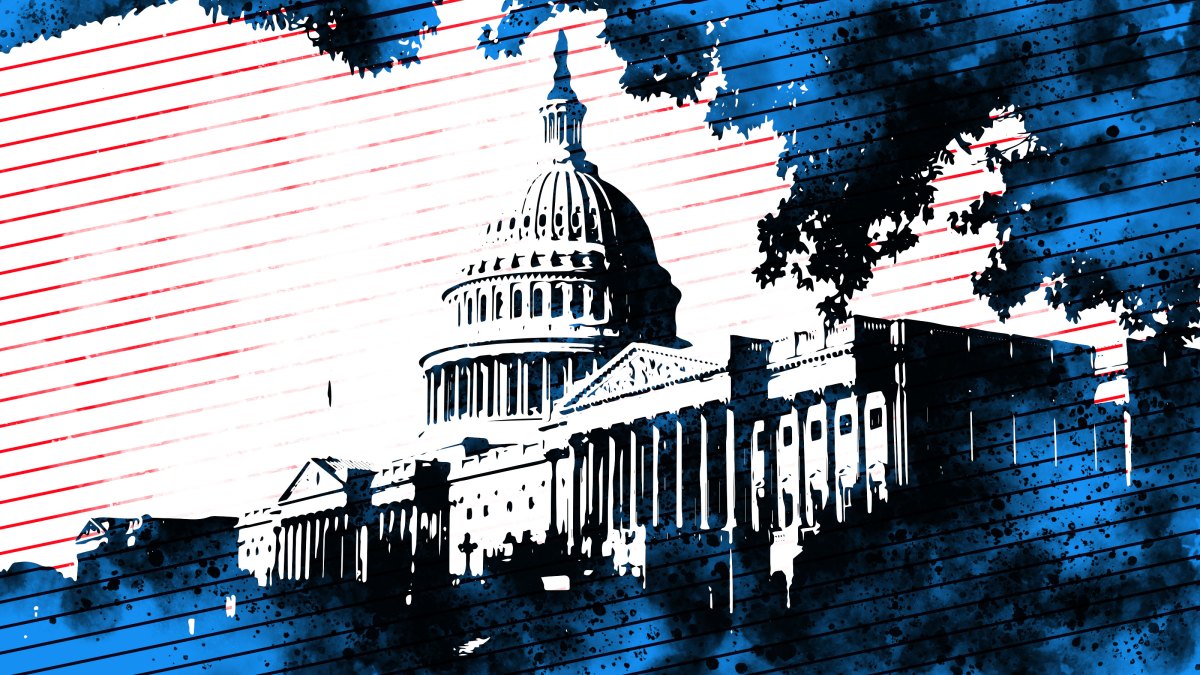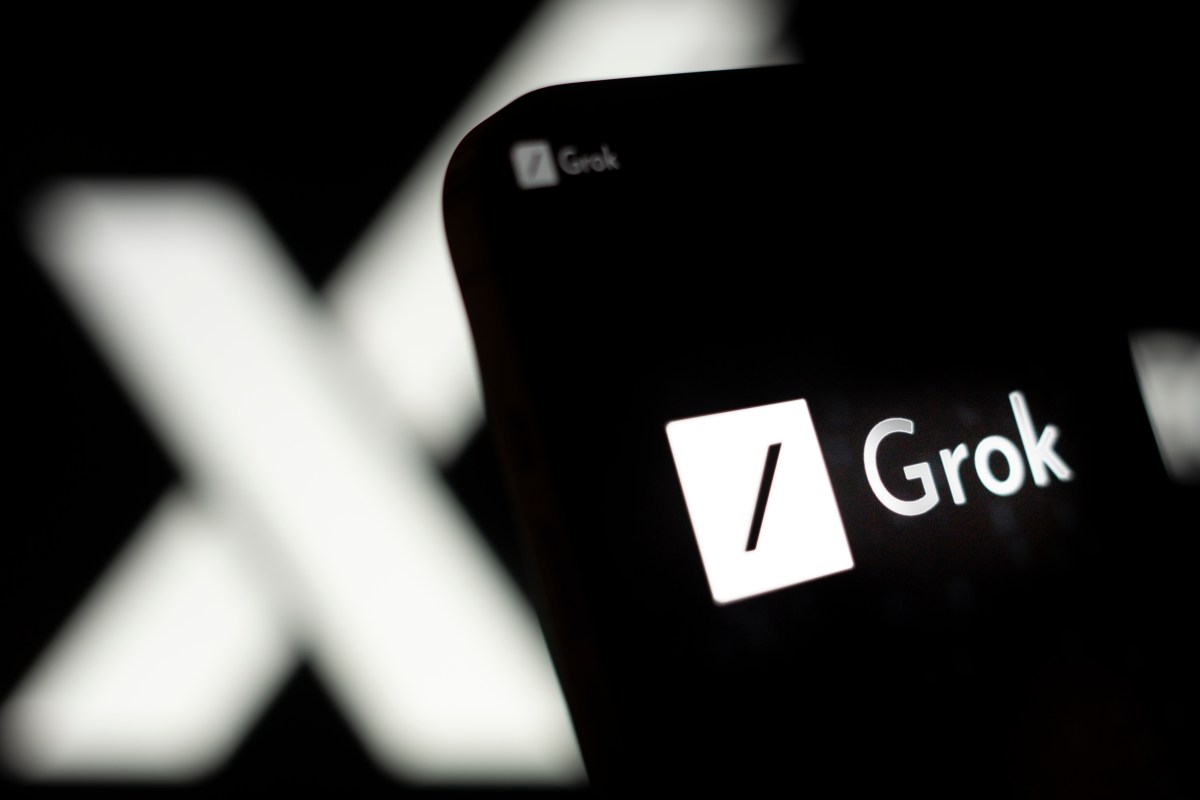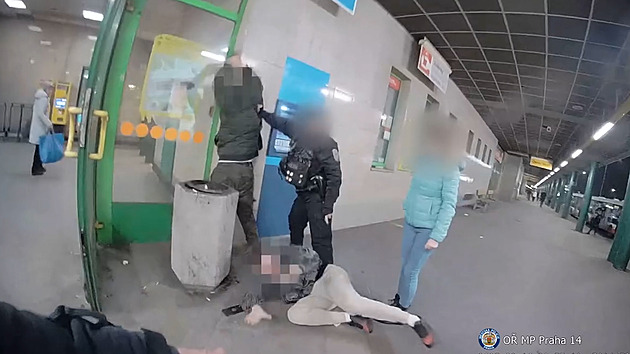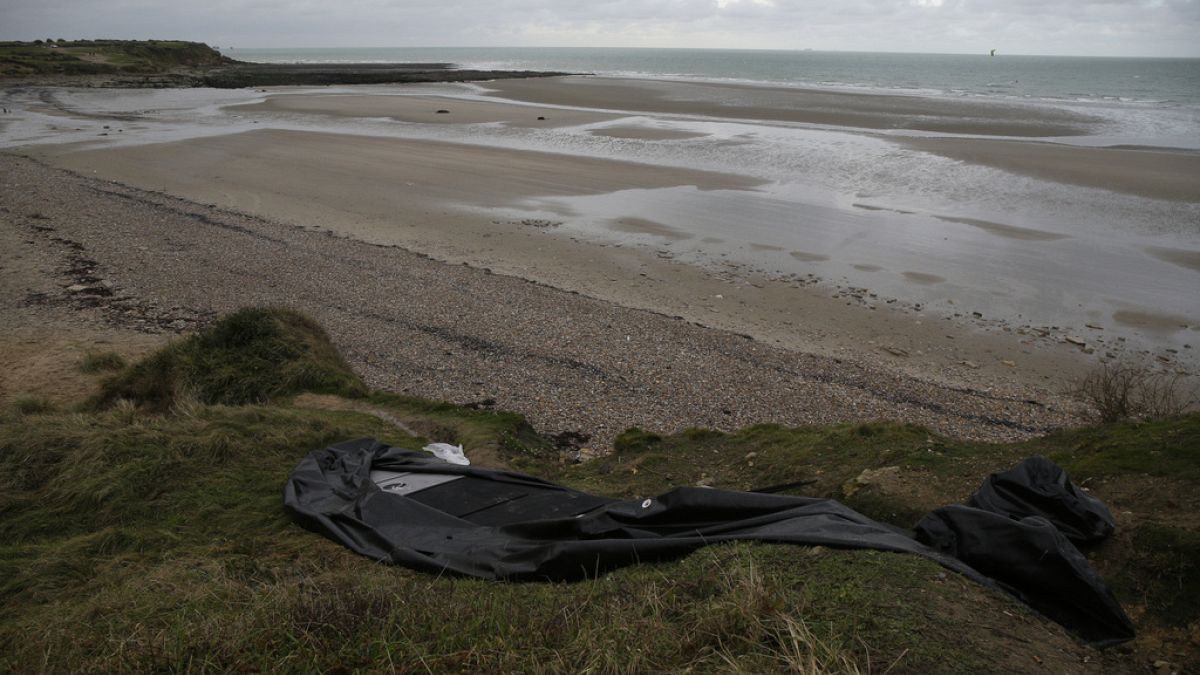The US government is keeping tabs on Americans headed to Ukraine’s war zone
The previously unreported DHS monitoring effort aims to scrutinize Americans who joined the fight in Kyiv — and identify if any could pose a threat when they return home.
The federal government has been monitoring Americans who traveled to Ukraine to fight, fearing some could become violent when they return home. But they missed the man suspected of attempting to assassinate Donald Trump last week.
The Department of Homeland Security in 2022 launched an interagency effort to scrutinize Americans returning from Ukraine’s war zone. The previously unreported effort aimed to identify Americans who might turn violent upon their return, according to five people familiar with the plans. Officials worried the Russia-Ukraine war would attract American extremists who would learn combat skills on the battlefield and then attack their fellow Americans when they returned.
Officials across DHS and the FBI began attempting to identify Americans in talks with Ukrainian authorities and analyzing intelligence about Americans headed home from the country. They also reviewed social media accounts for violent rhetoric. There is no evidence that Americans who fought with Ukraine’s military — which the U.S. government supports — have engaged in political violence upon their return. Many have died there fighting Russian invaders.
But Ryan Routh, the suspect who investigators say could have been waiting for the former president with a semi-automatic rifle for more than 11 hours near Trump’s golf course in West Palm Beach, Florida, fell through the cracks.
One DHS official reportedly knew Routh traveled to Ukraine, though there’s no indication that the FBI ever investigated him upon his return and during his years-long and at times bombastic campaign to drum up support for Kyiv. It’s also unclear if federal law enforcement was aware he wrote a self-published book that appeared to call for Trump’s assassination. And on Sept. 15, he allegedly got within 500 yards of the former president before the Secret Service spotted him and opened fire.
The episode raises questions about whether the U.S. government is applying the right criteria to assess the risks of Americans who have tried to join the war. Experts say most of the Americans who have fought are U.S. veterans concerned about protecting the fledgling democracy from Russia’s invasion.
Routh, however, was a different story.
“He probably should have been subject, based on his behavior, to some type of threat assessment,” said John Cohen, a former top DHS official who described the effort to POLITICO.
Ukrainian authorities have said Routh was refused entry to the country’s foreign legion, and there’s no indication that he saw combat or received military training in the country. His defense lawyers did not respond to a request for comment.
Watching Americans in Ukraine
POLITICO spoke to five current and former officials familiar with the interagency monitoring effort. Most were granted anonymity because they were not authorized to speak publicly. DHS and the FBI declined to comment.
Current and former officials said the effort was spurred by informal interagency discussions about how each national security department could help monitor the influx of Americans in Ukraine — and to ensure none posed threats when they returned.
But there were numerous Americans who were traveling to Ukraine. Cohen said it is “hugely challenging” to predict which of those people could pose threats when they returned.
“Both can be true,” he said. “We can both say that someone should have paid attention to [Routh’s] behaviors, and it’s incredibly challenging.”
U.S. authorities did not formally track Americans and kept no running list of those who were going to Ukraine, according to a U.S. national security official. But they did investigate some Americans who tried to bring ammunition, knives or kevlar on aircraft to Ukraine after encountering them at ports of entry. In other instances, they received tips about certain individuals who displayed troubling behavior or who had committed crimes while in Ukraine. Some who traveled there were previously known to U.S. law enforcement for prior crimes committed domestically.
POLITICO has not identified any instances of the U.S. accusing anyone who fought in Ukraine of committing crimes related to extremism back home.
David Bramlette, a Kyiv-based U.S. veteran who works with an NGO that helps Americans fighting for Ukraine, says DHS has erred by profiling Americans who enlist in the war.
“I think it’s horrendous that DHS would track those citizens because they’re worried about them doing something,” he said. “In my opinion, the Americans who have come over here to fight, they deserve our respect for — in some cases — making the ultimate sacrifice.”
Americans head to the front, stoking officials’ fears
A host of Americans traveled to Ukraine early in the conflict as Russia’s invasion drew worldwide media coverage and Ukraine enjoyed broad support. Many were seasoned veterans committed to protecting a fragile democracy — “people who believe in democracy and defending the free world against tyranny and authoritarianism,” in the words of Kyiv-based David Bramlette of the R.T. Weatherman Foundation, which helps Americans fighting in Ukraine get medical care.
But others who traveled to Ukraine were thrill-seekers and soldiers of fortune. That cohort generated concerns at DHS. Department officials also worried that American white supremacists and Nazi sympathizers could be drawn to the conflict, especially given Russian propagandists’ long-running claims that Ukraine is a safe haven for Nazis.
“The concern wasn’t simply that someone would go over there and return with more extreme ideological beliefs, but they would also come back better trained and better able to use explosives and other weapons to carry out highly lethal attacks,” Cohen said.
Department officials began working on identifying the Americans traveling to Ukraine to fight, including those in talks with Ukrainian authorities about joining military or paramilitary units, according to Cohen and a senior administration official involved in the monitoring.
Officials drafted a rubric to work from based on a template officials had used previously to identify Americans who went to Iraq and Syria to fight with ISIS. One huge difference between the two conflicts: Americans in Syria fought alongside ISIS, as well as Kurdish groups linked to a designated terrorist organization. Americans in Ukraine, meanwhile, fought alongside a military trained and armed by the Pentagon.
“We tried to think through what indicators were relevant — travel to and departure from, and other indicators and warnings,” the senior administration official said.
In the weeks after Russia invaded, officials started scrutinizing some of the Americans traveling to Ukraine, including by reviewing relevant classified and unclassified intelligence about them as they headed home, according to one of the people who spoke to POLITICO. Officials also reviewed the laws governing what Americans can and cannot do in foreign war zones.
A U.S. official, granted anonymity because they were not authorized to discuss the topic publicly, confirmed the DHS effort and said people who post violent rhetoric on social media or threaten physical violence could be flagged to the authorities and subsequently investigated.
The work is ongoing, the senior administration official said, adding that Americans who travel there to fight are routinely vetted and screened when they return.
The agencies also sometimes read social media posts by people they find concerning.
“A lot of those who are fighting in Ukraine tend to be rather public. They are on social media, they are posting things. It exists openly for the world to see,” the senior administration official said.
None of the officials described specific actions U.S. authorities took after Americans who they deemed threatening returned home.
But the government has a host of tools it can use when people who are considered dangerous return from war zones. Officials can question them at airports and search their luggage and electronics. They can also surveil them, physically or electronically, with necessary legal authorization. DHS can also flag people to the FBI. And, of course, if law enforcement officials find probable cause that someone committed a crime, that person can be arrested and charged.
Routh’s Ukraine saga
Routh was among the numerous Americans who traveled to Kyiv after the invasion. He was active on social media and in interviews told reporters he was recruiting Afghan fighters to travel to Ukraine to join the war.
In Kyiv, Routh was well known to the Ukrainian expat and volunteer community and forged relationships with other Americans there. But his behavior and rhetoric concerned many, including one woman who reported him to a Customs and Border protection official.
Ukrainian authorities say they turned him away from the country’s foreign legion.
Bramlette said that shows just how concerning Routh was to the Ukrainians.
“In 2022, with the enemy at the gates surrounding Kyiv, surrounding Kharkiv, Ukrainians were putting everything behind stemming the tide of the invasion,” he said. “And for them to reject this guy, that immediately tells me this guy was automatically, obviously unstable, not a solid dude that anybody in any world would want to have by their side.”
What's Your Reaction?



















































